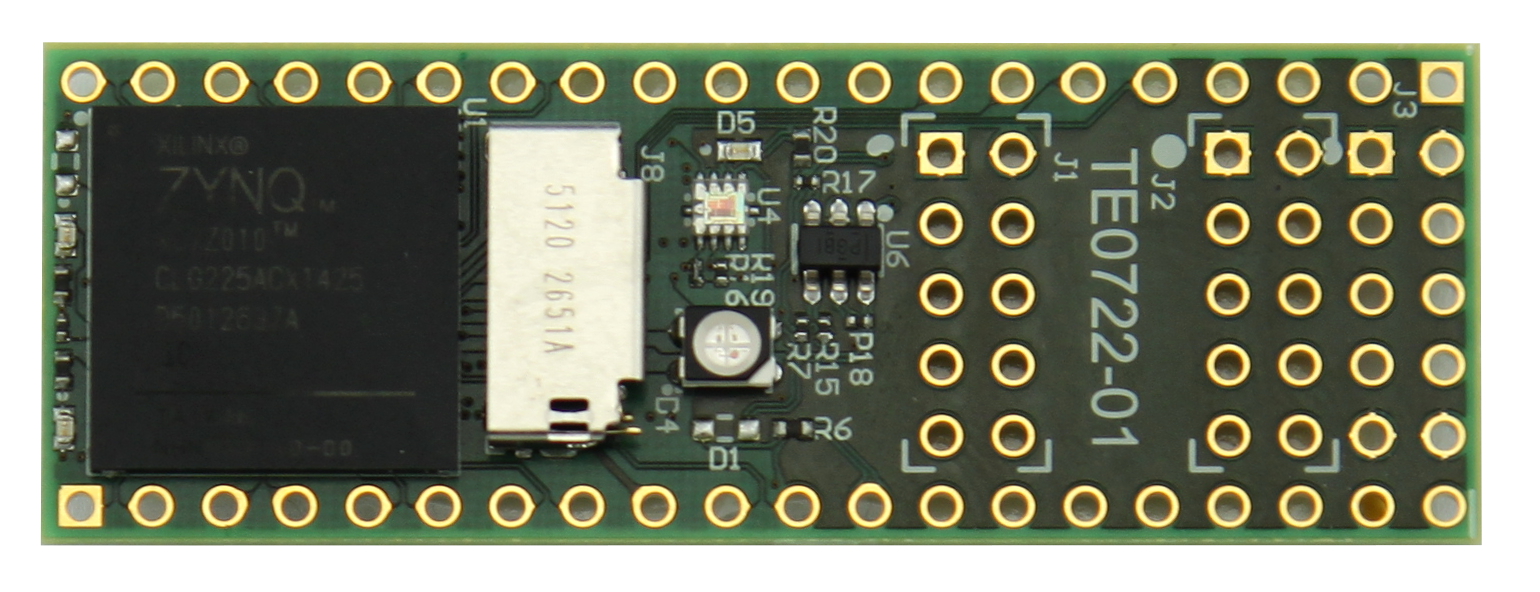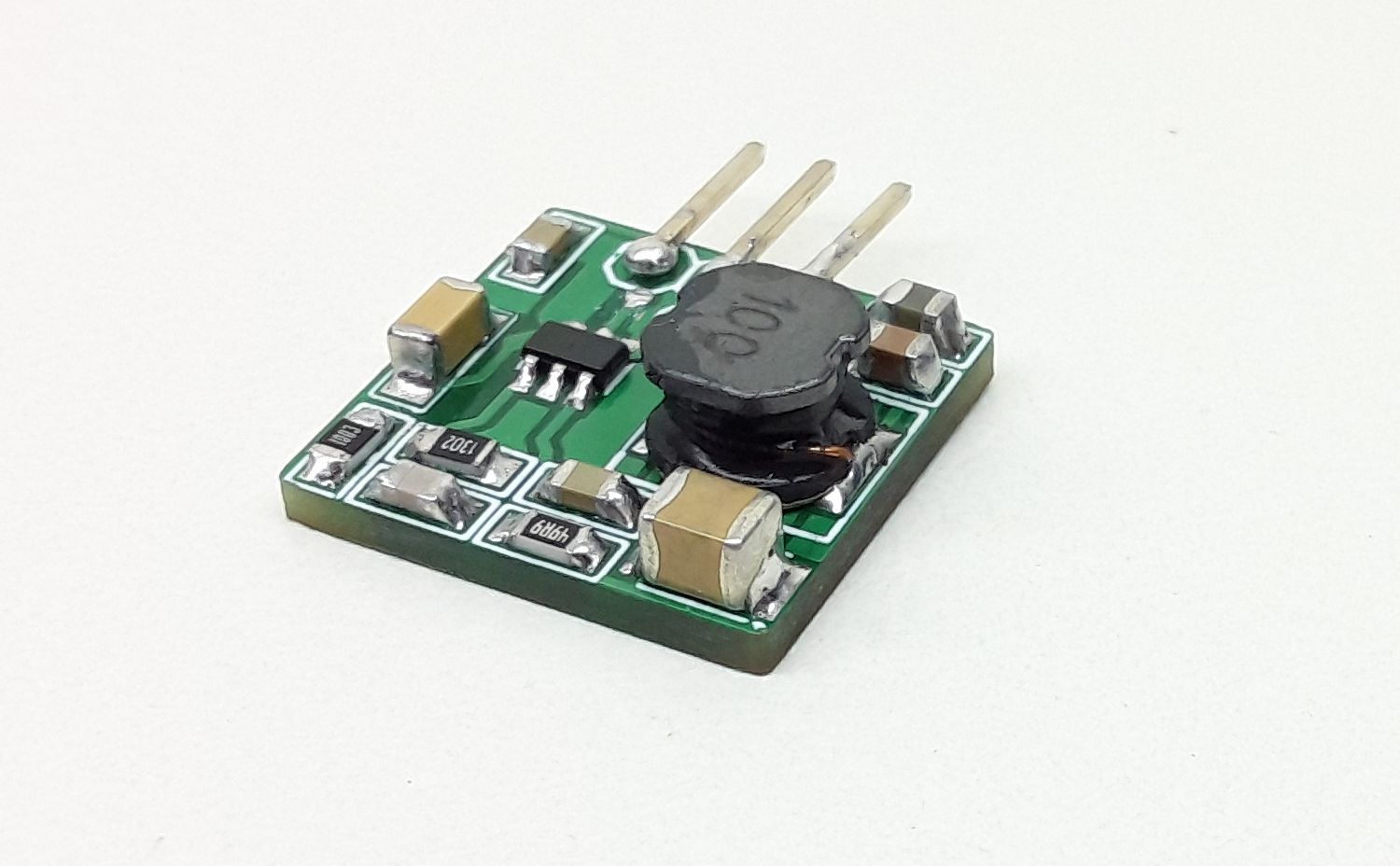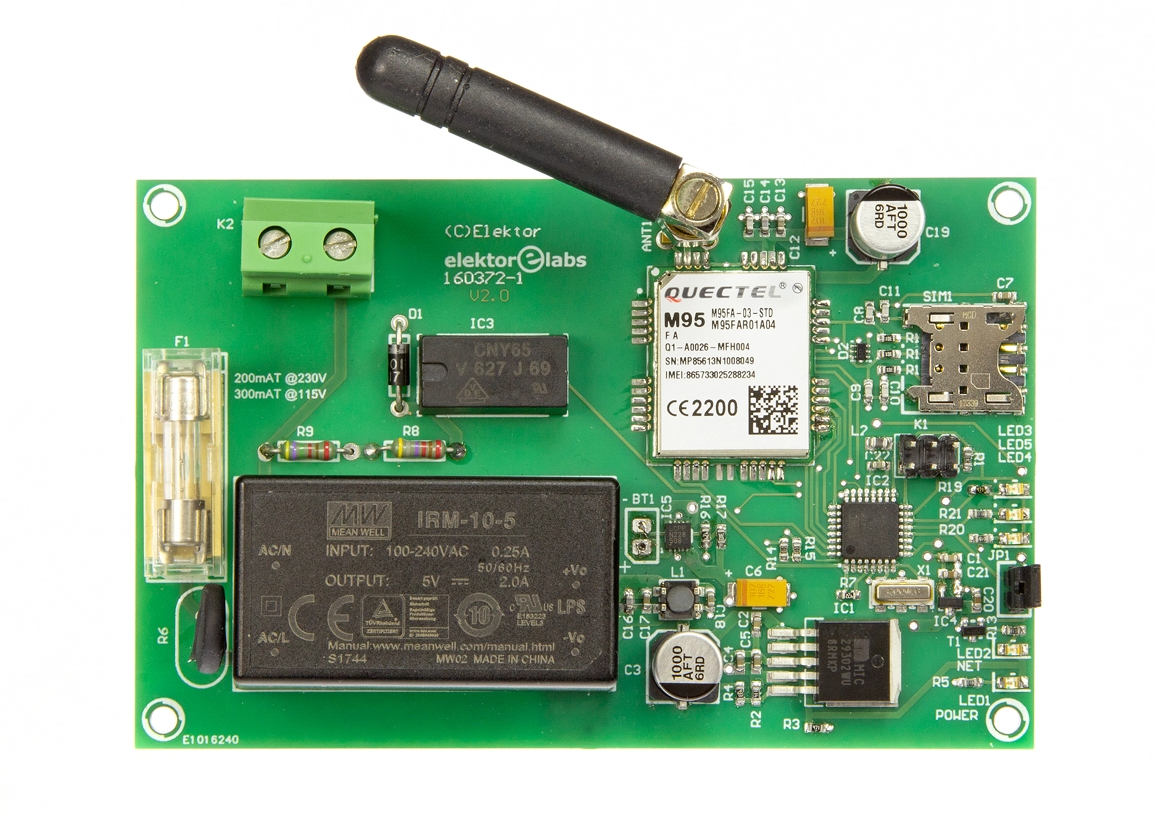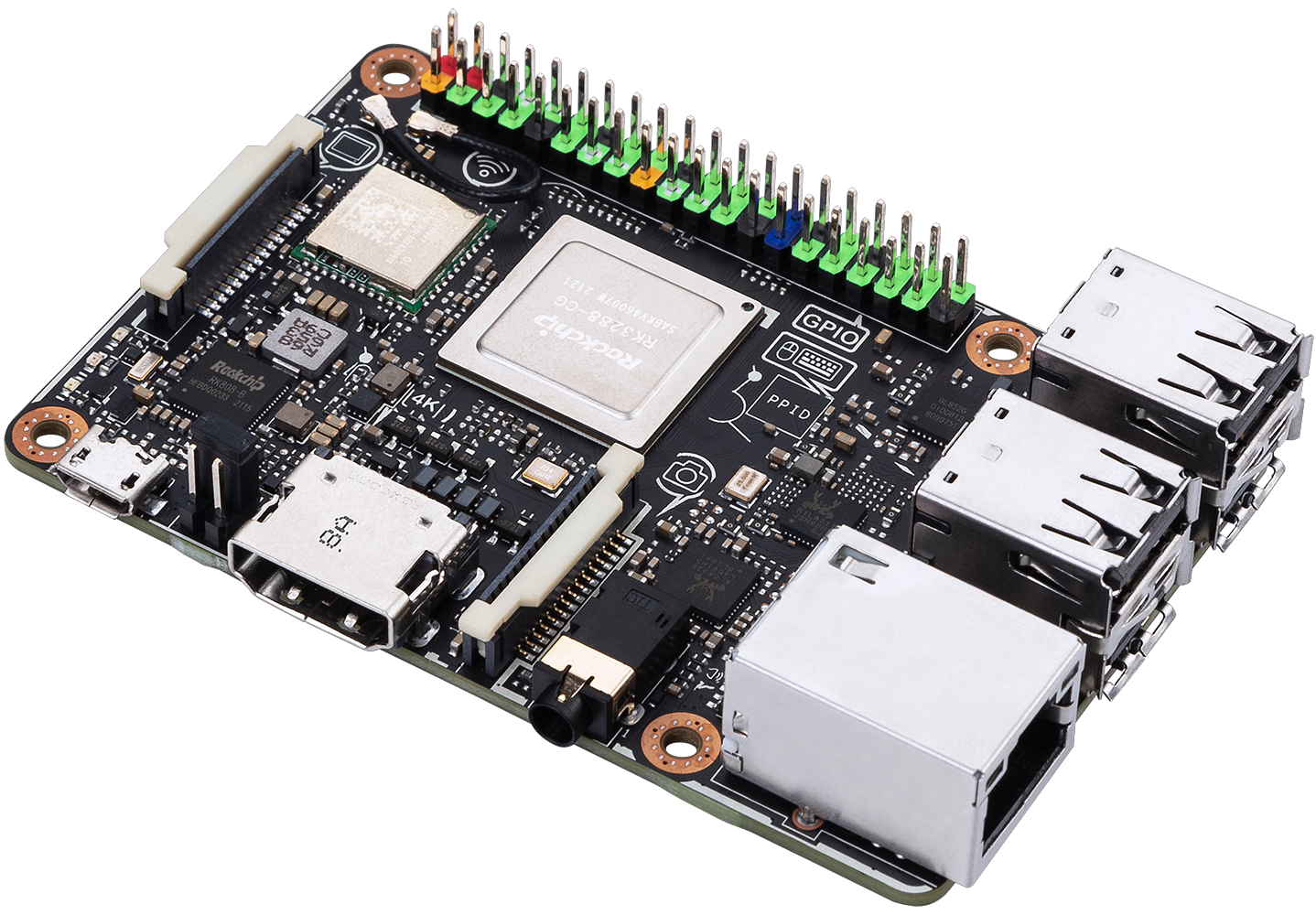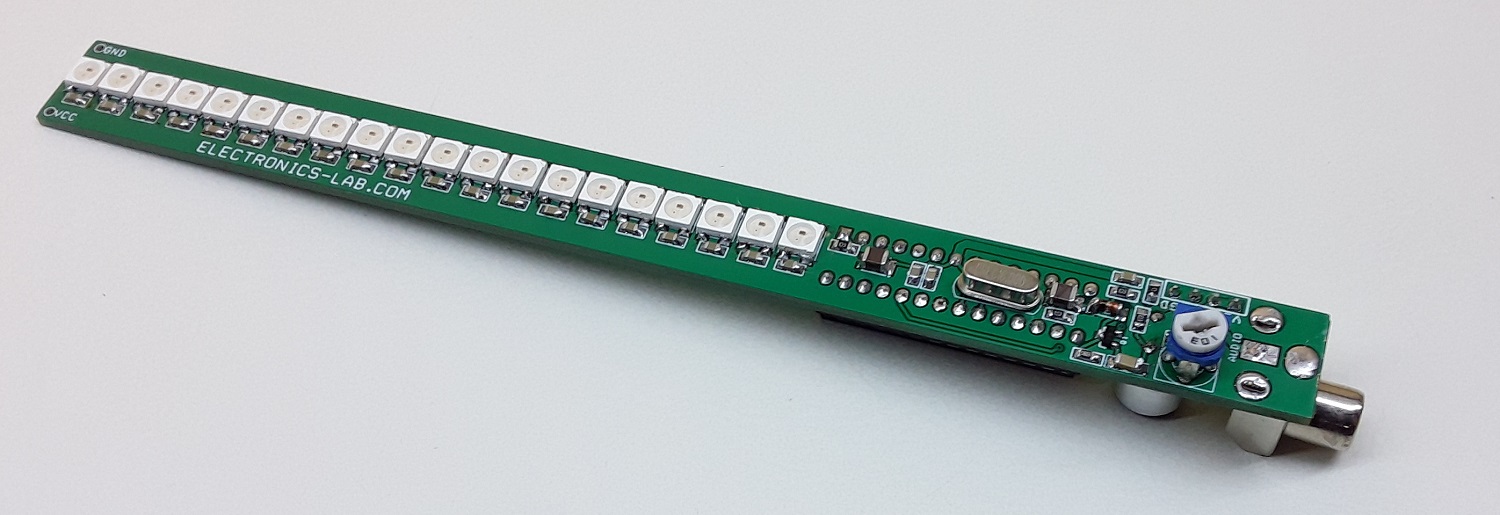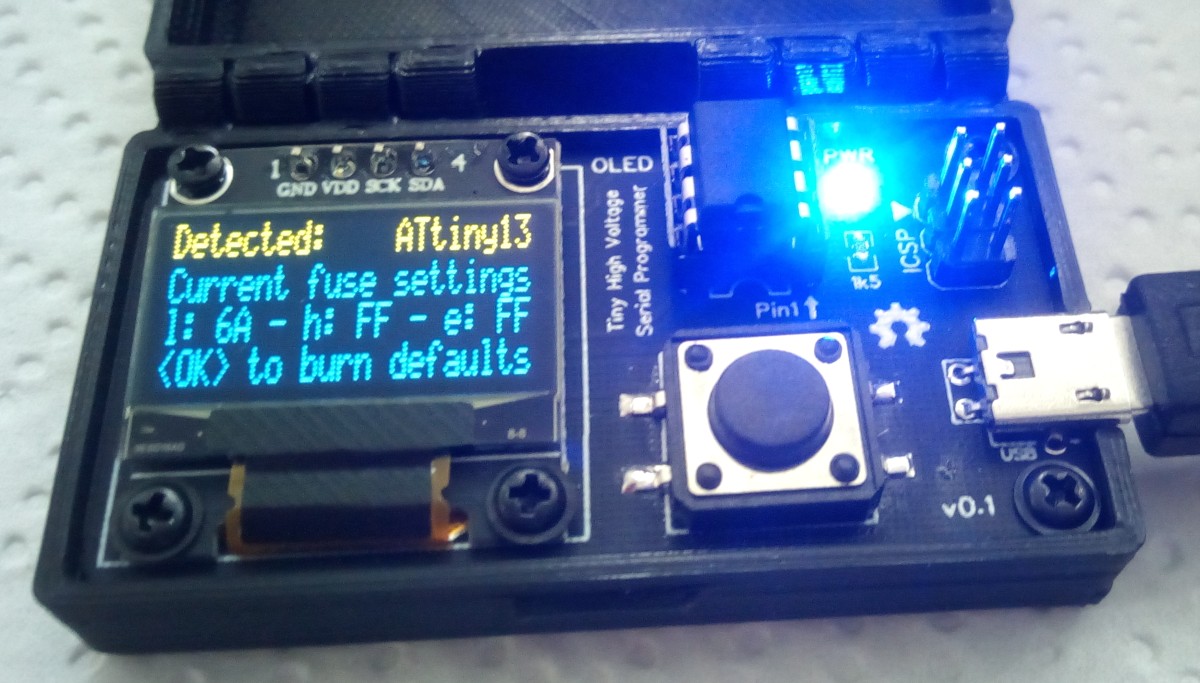
Stefan Wagner’s EasyEDA profile is definitely the go-to source for all things ATtiny. He’s built 10s of projects, some of which we have covered here, that are based on the tiny microcontrollers, and it only makes sense that one of his latest projects, called the TinyHVSP, is a tool to help with development using the Attiny series of microcontrollers.
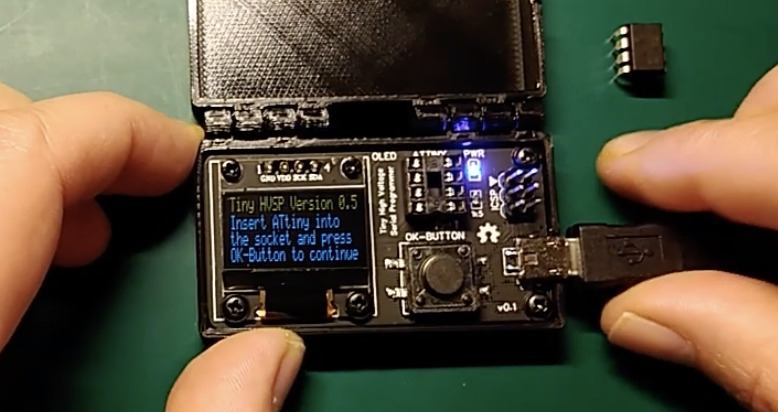
The device which is based on the ATtiny84 microcontroller is a High Voltage Serial Programmer (HVSP) and Fuse Resetter for ATtiny 13/25/45/85 microcontrollers.
HVSP is one of the numerous ways through which members of the AVR family of microcontrollers (especially the smaller chips like the ATtiny series) can be programmed. It involves the use of 4 pins consisting of the SCI (serial clock input), SDI (data in), SII (instruction in), and SDO (data out). Along with these four pins, the RESET, VCC, and GND pins are also used.
Programming a microcontroller using the HVSP approach involves the application of a “high voltage” (12 volts) to the RESET pin to put the microcontroller in the high-voltage serial programming mode. It is called “serial” because data is sent to the chip serially in a manner similar to what is experienced with SPI.
The fuse resetting feature of the device allows the developer to restore factory default values to the microcontroller. In situations where the RESET pin, for instance, has been configured as an I/O pin in the firmware, programming the board will be impossible unless the fuse reset is done.
The TinyHVSP features a nicely put together enclosure, an OLED display, a pushbutton, and a socket to hold the microcontroller to be flashed. The pushbutton is used to initiate the fuse rest process and the details of the process, including the fuse value, before and after the reset has been done, are all displayed on the OLED.
Consistent with all Stefan’s projects, the ATtiny84 TinyHVSP is totally open source and all resources including the schematics, BOM, PCB designs and firmware are available on the project’s GitHub page.
More information about the project, along with a video showing the programmer in action, can be found on the project’s EasyEDA page.





